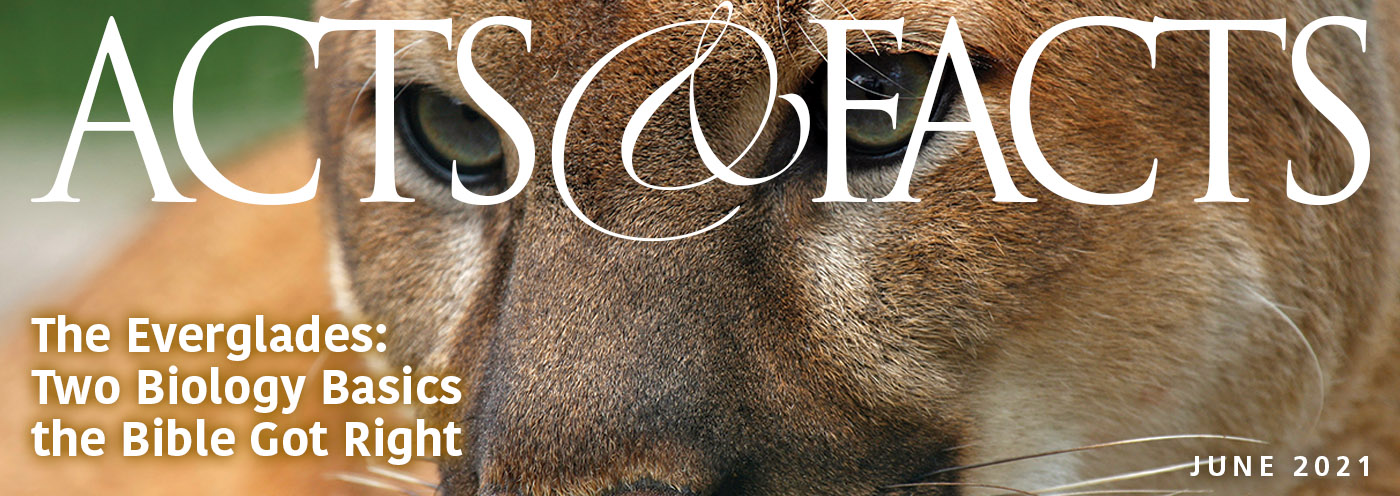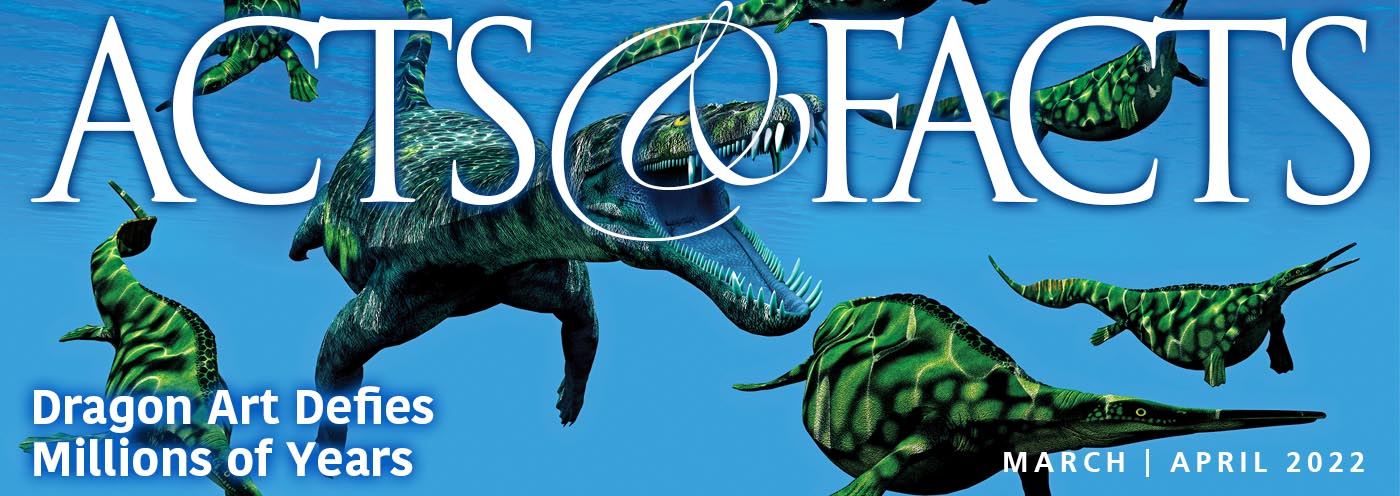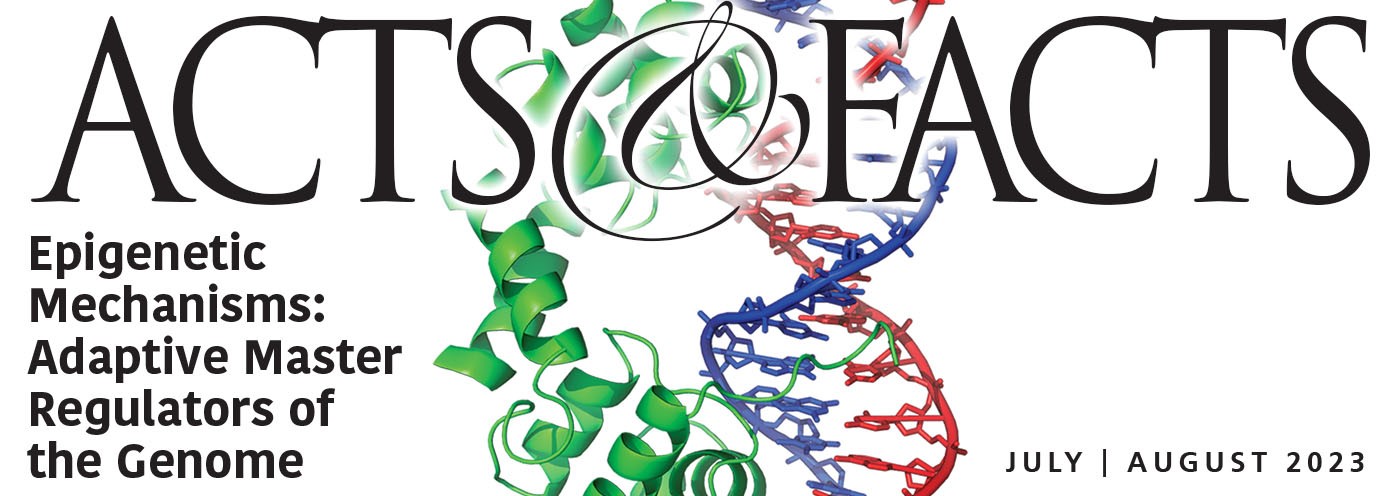The extinct Archaeopteryx is a famous icon of supposed evolutionary transition from reptiles to birds. Several different fossils have recorded the anatomy of this creature, which is fully bird and has been found in strata above the remains of other birds.1 One Archaeopteryx fossil from Solnhofen, Germany, was the subject of a recent analysis by researchers looking for possible preserved tissue.
They were not disappointed. Using state-of-the-art X-ray fluorescence scanning technology, the team found what they repeatedly reported as "striking" preservation of some of the original bird's tissues that had been encased in limestone.
The scans produced distribution maps of certain elements. When the researchers mapped those particular elements that are common to bone or feather tissue--like phosphorus, sulfur, and zinc--they found them in abundance arranged exactly where the bones and larger flight feather structures, like the rachis and barbs, were positioned in the fossil. In a study published in Proceedings of the National Academy of Sciences, they concluded that the phosphorus layout "strongly implies that the rachises are at least in part the chemical remains of the original organism."2
Similarly, they concluded on the basis of the zinc pattern "that the high zinc levels in the Archaeopteryx bone have been inherited from the original organism." This fossil still has original bone and original keratin from feathers, making this their "most striking result."2
The researchers also noted the difference in phosphorus levels from the bird's body and the surrounding limestone, noting that limestone is phosphorus-poor. Most of the fossil's phosphorus had diffused into the rock, but plenty still remained to clearly demarcate the decayed bones.
But since limestone is porous and since the fossil is supposed to be 150 million years old, the phosphorus ought to have disappeared long ago, leaving just as much where the bones used to be as there is in the surrounding rock. After all this "time," given the "bedding planes and…fractures" that could help carry the minerals away, there should not be the extra phosphorus or other elements left behind.2
Instead, there are actual remnants of original bones and feathers still present. Perhaps this is why these results were so "spectacular" to the study's authors. Evolution's millions-of-years timeframe cannot account for organic fossil remains like those found in dinosaur and now bird soft tissues without invoking seemingly miraculous stories of special, unknown preservative "processes."3 These findings and other original tissue remnants found within fossils make much more sense if only thousands of years have passed since their deposition.4
References
- Gish, D. 1989. As a Transitional Form Archaeopteryx Won't Fly. Acts & Facts. 18 (9).
- Bergmann, U. et al. 2010. Archaeopteryx feathers and bone chemistry fully revealed via synchrotron imaging. Proceedings of the National Academy of Sciences. 107 (20): 9060-9065.
- Thomas, B. Hadrosaur Soft Tissues Another Blow to Long Ages Myth. ICR News. Posted on icr.org, May 12, 2009, accessed May 18, 2010.
- Other recent soft tissue finds, most of which are described by their evolutionary authors as showing "remarkable preservation," are referenced on ICR's Evidence for Creation page "Fresh Tissues Show That Fossils Are Recent."
* Mr. Thomas is Science Writer at the Institute for Creation Research.
Article posted on May 19, 2010.
















